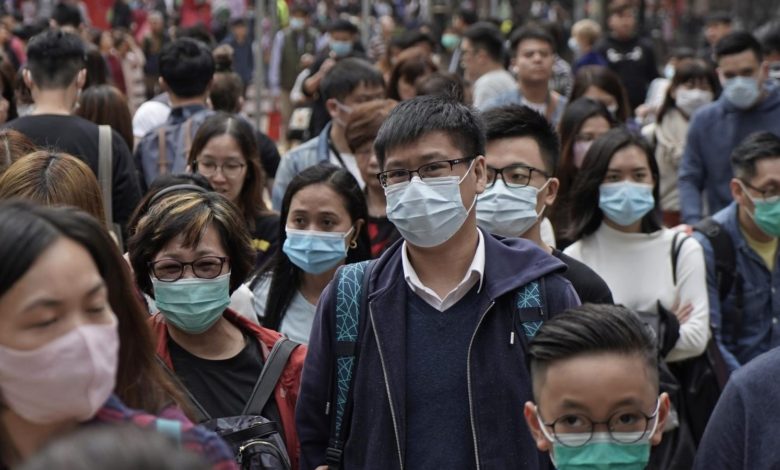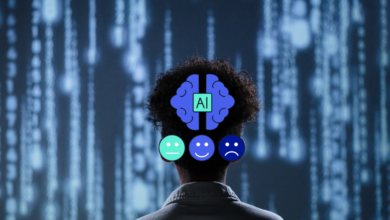
The analysis of data within today’s technology to be able to map patterns and predict the likelihood of something about to happen has become increasingly accurate. So we ask the question, can machine learning stop the coronavirus from spreading?
This is because of the use of ‘Artificial Intelligence’ and its unique sub-field of ‘Machine Learning’.
However, to be able to stop something bad happening as it happens is also just as important. So, it’s inevitable that mapping patterns very quickly is becoming a trusted process to stop the spread of infectious diseases within a general population. But the communication of these results to the correct people, immediately, is the most important of all.
In the actual case of the Coronavirus, The World Health Organization released a statement about it as a flu-like outbreak in China on the 9th of January, 2020, even though private healthcare AI platforms had detected a possible outbreak a week earlier.
Why was there a week gap?
And why is it that the Coronavirus became a pandemic with the right ‘Intelligence in A Connected World’?
That is a rhetorical question, and the answer to that problem is probably more a human issue than to do with computers.
So, we are where we are with a disease that has spread.
So, how do we stop it spreading further and stop people dying of it?
To be able to map patterns as ‘something’ occurs, and that ‘something’ is changing all the time, needs a great amount of variety of accurate data and you may be surprised of the scale of these data sets that are being included to make that data true and up to date.
Of course, the more variety and veracity of the analysed data for the prevention of the spread of a highly infectious disease like the Coronavirus, the better.
So, one ‘Machine Learning’ key method is using Natural language processing (NLP) to track diseases.
Natural language processing is a subfield of linguistics, Artificial Intelligence, and Information engineering.
It deals with all interactions between machines and our spoken natural languages, Chinese, English, Hindi, Spanish, Russian, etc. and processes these interactions into analysed unstructured data (that means data that either does not have a pre-defined data model or is not organized in a pre-defined manner).
What does that mean and how does it do this?
The languages we speak around the world can be collected and included in data that is analysed by machine learning techniques.
The information analysed is then used to assist with the forecast and areas of the potential impact of the spread of a disease outbreak. The output saves time by giving health professionals the information quickly on how to prevent further spread.
The way it works is, the machine learning process would be to read through the text in any language across all news feeds, official websites, health reports, government warnings, airline warnings, and so on.
The machines would listen to broadcasts, podcasts, contributed webinars, or phone conversations and correlate this to the text it reads.
This automated data collection, analytics, and correlation are then visualised and the results are displayed in detailed reports.
This is sent as an alert to the epidemiologist.
The epidemiologist then reviews these reports and combine them with statistics from their own research.
The epidemiologist then presents this final report to authorities that require them.
The entire field of epidemiology has hugely benefited from the leap in the capabilities of Machine Learning, to save time, cost, and increase the accuracy of prediction of the spread of diseases, by using methods like NLP, which had ever been thought possible in the past.
So, if you think about how quickly and far out a disease like a Coronavirus can spread, we then need to track and move accurate information even faster than the spread itself.
And Artificial Intelligence with Machine learning using this NLP method among other methods is one of the greatest hopes we have on stopping the Coronavirus from spreading.
As long as we communicate the findings to the right authorities and they act on them – as fast as the findings had been made.



